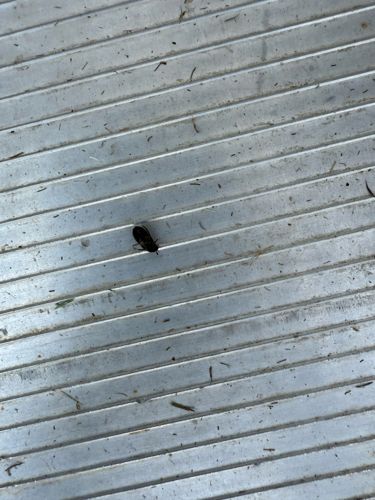Cricket (likely a field cricket or house cricket)
Scientific Name: Likely Gryllus (Field Crickets) or Acheta domesticus (House Cricket)
Order & Family: Orthoptera, Gryllidae (True Crickets)
Size: Typically 1.5 to 3 cm (0.6 to 1.2 inches) long, depending on the species.

Natural Habitat
Crickets are highly adaptable and found in various habitats. Field crickets prefer grassy areas, fields, and gardens, often seeking shelter under rocks, logs, or debris. House crickets are commonly found in human dwellings, basements, wall voids, and other warm, damp places.
Diet & Feeding
Omnivorous, feeding on a wide variety of plant matter, decaying organic material, small insects, and even fabric like wool or cotton in indoor settings.
Behavior Patterns
Crickets are primarily nocturnal, known for their distinctive chirping sounds made by males rubbing their wings together (stridulation) to attract females. They undergo incomplete metamorphosis (egg, nymph, adult). Nymphs resemble smaller versions of adults and gradually grow through molting.
Risks & Benefits
Potential risks include being considered a nuisance pest when they enter homes due to their chirping and occasional damage to fabrics or plants. They do not bite people. Benefits include serving as a food source for other animals (birds, small mammals, reptiles) and playing a role in decomposition by consuming decaying organic matter. They are also farmed as a significant food source for pets and humans in some cultures.
Identified on: 8/27/2025